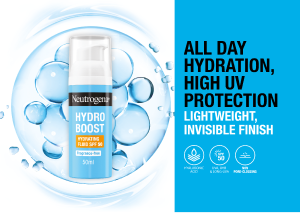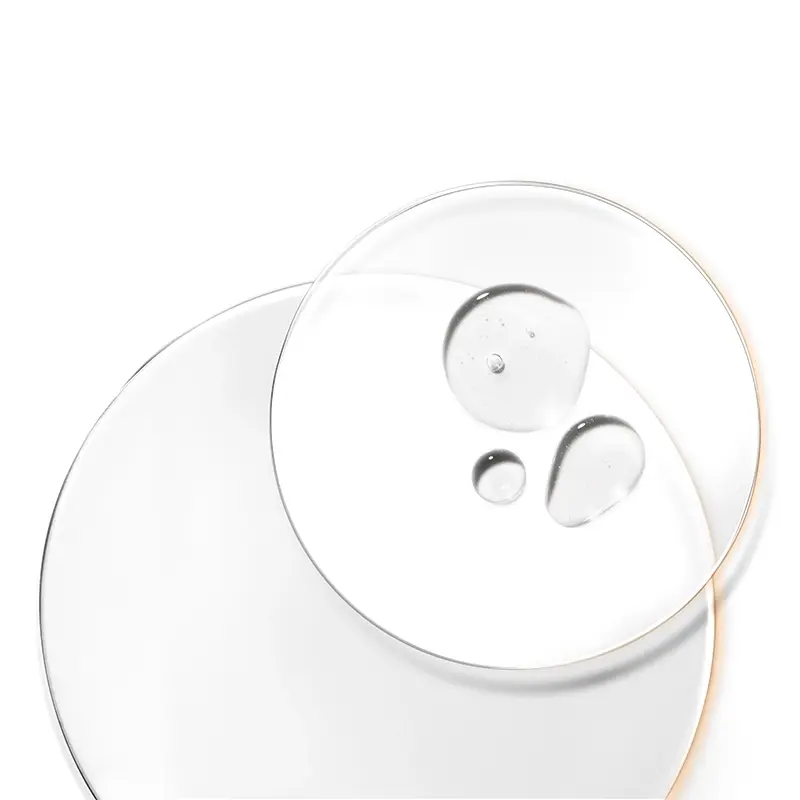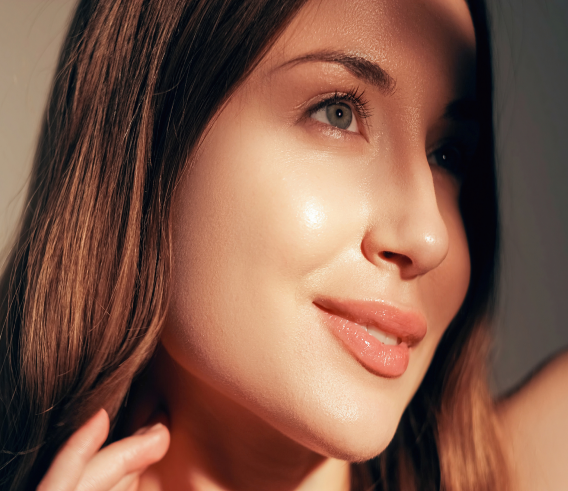Unprotected sun exposure can be harmful to your health both short-term and long-term. It can put you at risk of photoageing – such as wrinkles and age spots – as well as scaly patches (actinic keratosis) and skin cancer.
Here, we'll explore exactly what sun damage is, what it looks like, and the various skin conditions it can cause. We’ll also look at how to protect your skin to help prevent sun damage, and also look at ways to reduce signs of photoageing.
In this guide:
What is sun damage?
When sunlight reaches unprotected skin, it can damage healthy cells. Ultraviolet (UV) rays from the sun can cause immediate and short-term damage to the skin in the form of sunburn. It can also build up over time and lead to signs of photoageing, such as age spots and wrinkles, or more serious problems such as cancer later in life.
Effects of the sun on the skin
The sun can have several harmful effects on the skin, including:
Sunburn
Sunburn can be uncomfortable and can cause your skin to become sore, red, tender, and itchy. After a few days, your skin may also start to peel. In more severe cases, sunburn can lead to blistering and swelling of the skin, known as oedema, and can require medical attention.
While the effects of sunburn are often short-term and usually only last around a week, getting sunburnt can increase your risk of developing more serious health issues later in life, such as skin cancer.
Photoageing
Ongoing exposure to UV rays (including sun beds or sun lamps) can lead to premature skin ageing (photoageing). Symptoms of photoageing include:
Fine lines, wrinkles, and sagging skin: Ultraviolet light can damage the elastin and collagen fibres in your skin. If this happens, the skin can start to sag and stretch, leading to lines and wrinkles.
Uneven skin tone: Spending too much time in the sun may cause some of the areas of your skin to appear darker, and others lighter. It can also lead to permanent changes in some small blood vessels, which can make your skin appear reddish in places.
Age spots: Contrary to their name, age spots aren’t really caused by ageing, but you may notice more of them on your body as you get older. They can be caused by spending time in the daylight, and they typically appear on your face, hands, and chest.
Other skin conditions caused by exposure to the sun
Actinic keratosis: Actinic keratosis presents as red, brown, or skin-coloured sun damage spots or patches of skin that are small and scaly. You can get them from overexposure to daylight. They usually appear on your head, neck, or hands, but they can show up on other parts of your body too.
Actinic cheilitis: Actinic cheilitis usually appears on the lower lip as scaly patches, dryness, cracking, or swelling. The sharp borderline between your lip and skin may also become less visible.
Skin cancers: Certain types of skin cancer can result from sun damage, including squamous cell carcinoma, basal cell carcinoma, and melanoma. All these conditions can be cured with early treatment.
How to protect skin from sun damage
Staying out of the sun is the best way to avoid sun damage. But you can help protect your skin from sun damage in the following ways:
Apply sunscreen
Before going out into the sun, it’s important to apply sunscreen. It’s recommended to choose a sunscreen with at least SPF 30 or higher to protect against UVB. You should also check that the product is still in date before applying it to your skin.
Wear suitable clothing
As well as applying sunscreen, you can protect your skin with suitable clothing. For example, you may want to wear a wide-brimmed hat to shield your skin from sun damage on your face or cover exposed areas of your skin with light-airy clothing, such as long-sleeved tops.
Other preventative measures include:
Avoid being out in the sun when it’s at its strongest (between 11am and 3pm from March to October).
Spend time in the shade.
Protect your eyes from the sun by wearing sunglasses.
How to reduce signs of ageing from sun exposure
There are several steps you can take to reduce the impact of photoageing. These may include:
Retinoids
Retinoids can help to boost collagen production in your skin. You can find a type of retinoid known as retinol in several skincare products. These products can have multiple benefits including the ability to smooth the appearance of fine lines, fade dark spots, and make pores appear smaller.
As sunlight can affect retinoids, it’s a good idea to apply retinol products at night, although there are sun-stable formulations that can be used during the day. This includes the NEUTROGENA® Retinol Boost range, which has been developed with dermatologists to help prevent and correct visible signs of ageing.
Retinoids can also make you more sensitive to the sun, so always apply sunscreen when using these products.
Chemical peels
Chemical peels can help to remove damaged cells from the upper layers of your skin. There are different types of chemical peels, including products containing alpha-hydroxy acids or salicylic acid you can apply at home, to peels applied by suitable experts.
Microdermabrasion
Microdermabrasion is a technique which uses small grains, crystals, or diamond tips to scrub away the outer layer of the skin. It also helps to promote collagen growth.
Laser therapy
This technique uses short pulses of light to remove specific areas of the skin to create a new layer of fresh skin underneath. There are different forms of laser therapy, including CO2 and erbium laser resurfacing.
Microneedling
During this method, the skin is pricked with tiny needles. The small pricks trigger your body to produce more collagen and elastin, which can heal your skin and help it to look younger.
Sun damage FAQs
What age does sun damage start to show?
Signs of photoageing often begin in your teens to early 20s. Symptoms of sun damage may appear as a loss of skin tone, and fine lines and wrinkles around your eyes and mouth. You may also have red, rough scaly spots, and pigment changes, such as age spots. Other signs of sun damage may include spider veins, lip lesions, or white spots on your arms, legs, and the back of your hands.
Does vitamin C reverse sun damage?
Research suggests that topical vitamins such as vitamin C may help to protect the skin from sunburn, and reverse some signs of photoageing, as well as helping to improve the appearance of some signs of ageing.
Does sun damage get worse over time?
Sun damage in the form of sunburn is usually mild and short-lived, but it can increase your risk of developing more serious health issues later in life, such as skin cancer. It can also lead to signs of photoageing developing, such as age spots and wrinkles.




